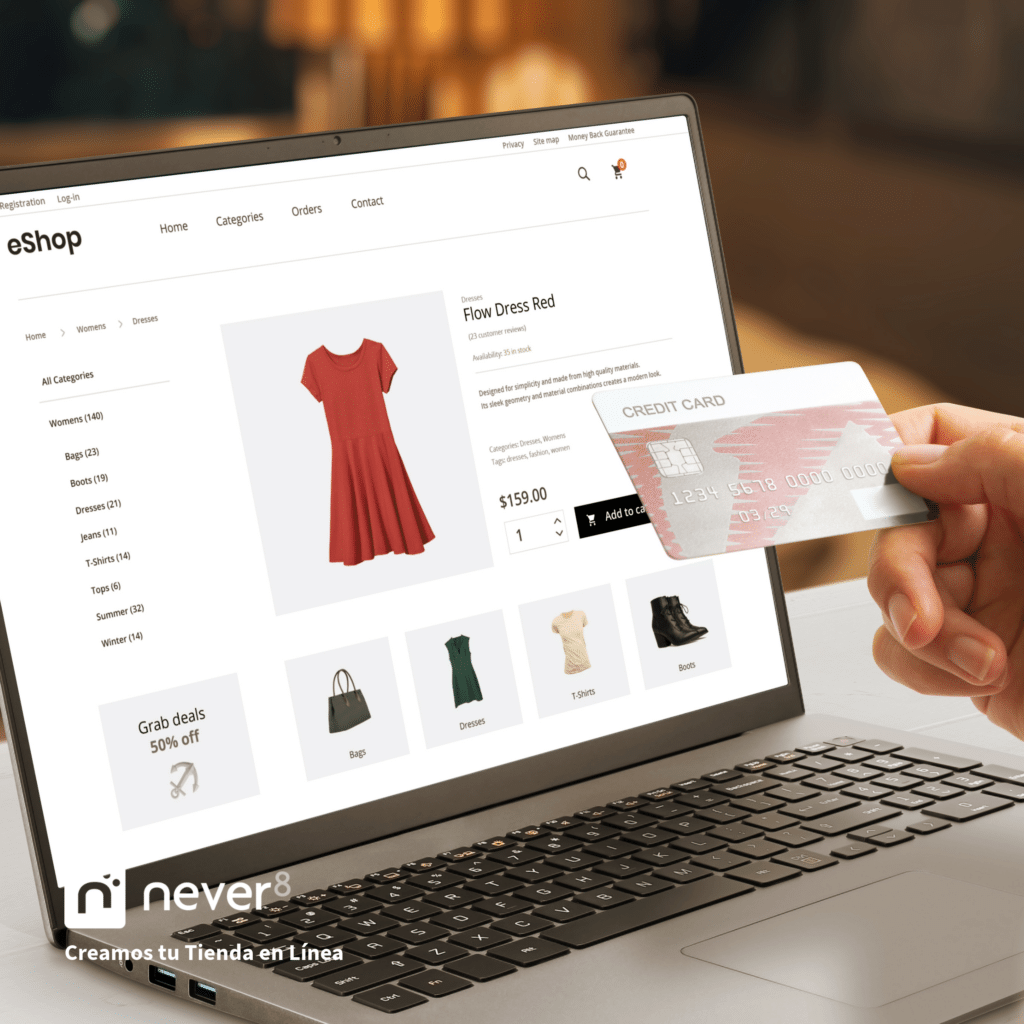How to Choose the Right One for Your Business
E-commerce has revolutionized the way businesses operate and consumers shop. With so many types of e-commerce available, choosing the right one for your business can seem overwhelming. Don't worry, in this article we will help you identify the types of e-commerce and choose the best option for your business.

What is E-Commerce?
- Electronic commerce, or e-commerce, refers to the buying and selling of goods and services over the Internet.
- Unlike traditional commerce, where transactions take place in a physical store, e-commerce allows companies to reach a wider audience and offer their products 24 hours a day, 7 days a week.
- This gives consumers the convenience of shopping from the comfort of their homes or mobile devices.
Advantages of E-Commerce
E-commerce offers numerous advantages for both businesses and consumers:
- Increased Visibility and ReachYour business can reach a global audience. Unlike a physical store, e-commerce allows you to reach customers all over the world.
- Greater Convenience for ConsumersConsumers can browse a wide variety of products, compare prices and make purchases at any time and from anywhere.
- Reduction of Operating CostsWithout the need for a physical store, operating costs, such as rent and utilities, are significantly reduced.
Types of E-Commerce
Next, we will explore the main types of e-commerce and their characteristics:
- B2C (Business to Consumer) E-Commerce: In this model, companies sell directly to end consumers. It is the most common type of e-commerce, with examples such as online stores and mobile applications that allow customers to shop and pay online.
- B2B (Business to Business) E-Commerce: In this model, transactions occur between companies. For example, a manufacturer sells components to other companies. This type focuses on long-term business relationships and generally involves large volumes of orders.

- Electronic Commerce C2C (Consumer to Consumer): In this model, consumers sell products or services directly to other consumers, such as on platforms like eBay or Etsy. This allows users to sell used or handcrafted items to other consumers.
- C2B (Consumer to Business) e-commerce: In this model, consumers offer products or services to companies. An example would be a freelance photographer who sells his or her images to companies for use in marketing or websites.
- Electronic Commerce B2G (Business to Government): In this model, companies sell products or services to the government. It is common in sectors such as technology, consulting and specialized supplies.

How to Choose the Right E-Commerce Type for Your Business
- Evaluate your resources, your target market and how each type can help you achieve your business goals.
- Another key aspect is to analyze the competition in your industry. Look at what types of e-commerce are being used by similar companies and how it has worked for them.
- This will allow you to identify opportunities and adapt your strategy to differentiate yourself in the market.

We optimize the path to the success of your E-Commerce business.
We assist you in perfecting the goals of your e-commerce business.







